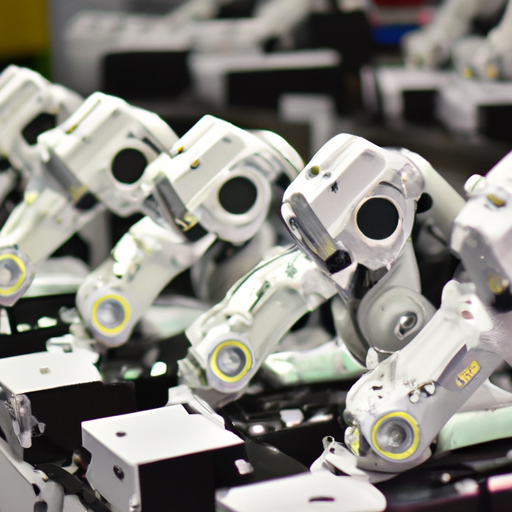As industries continue to evolve, the integration of collaborative robots, commonly known as cobots, is transforming traditional manufacturing and industrial processes. Unlike their traditional robotic counterparts, cobots are designed to work alongside human workers, enhancing efficiency and safety while driving productivity to new heights.
What are Collaborative Robots?
Collaborative robots are robotic devices specifically designed to interact safely and efficiently with human operators. They can perform a variety of tasks, ranging from assembly line work to intricate precision jobs. Cobots are characterized by their ease of programming and adaptability, which allows them to be deployed quickly in different settings.
Benefits of Implementing Cobots
- Increased Efficiency: Cobots can work tirelessly alongside humans, handling repetitive tasks which frees up human operators to focus on more complex processes.
- Enhanced Safety: Equipped with advanced sensors and safety features, cobots can operate in close proximity to human workers without the need for extensive safety barriers.
- Cost-Effectiveness: The ability to employ cobots can lead to significant cost savings by reducing labor costs, improving throughput, and minimizing errors.
- Flexible Deployment: Cobots can be easily reprogrammed and redeployed across various tasks and processes, making them extremely versatile within the industrial sector.
Key Applications in Various Sectors
The versatility of cobots allows them to be utilized across multiple industries, including:
- Automotive Manufacturing: Cobots assist in assembly processes, part handling, and quality inspections to streamline production lines.
- Electronics: In electronics manufacturing, cobots are used for precise assembly and testing, ensuring high quality and low defect rates.
- Food and Beverage: Cobots facilitate packaging, sorting, and even cooking processes in a safe and efficient manner.
The Future of Cobots in Industry
As technology advances, the capabilities of collaborative robots will continue to grow. Innovations in artificial intelligence and machine learning are expected to lead to increased autonomy and smarter collaboration between humans and cobots. In the coming years, we can anticipate a broader adoption of cobots, particularly as industries seek to enhance productivity while maintaining safety standards.
Conclusion
Embracing collaborative robots is not just a trend but a vital shift towards future-proofing operations in the modern industrial landscape. Companies that invest in cobots will likely find themselves ahead of the curve, reaping the benefits of enhanced efficiency, safety, and overall operational excellence.
Stay ahead in the innovation curve by integrating cobots into your operational strategy today!




